A brief biography for the Sophie Dawes Trail by author Robert Stephen Parry
When we say someone has been given a 'bad press' it usually suggests the person in question has been careless with their reputation, or else someone has been making mischief at their expense - often to exonerate themselves from certain shortcomings or misdemeanours of their own. It's a common-enough occurrence. But possibly nowhere in history has the term 'bad press' been so apt as in the case of that most noteworthy daughter of St Helens, Sophie Dawes.
Hardly a single written summary of her life is able to resist the term 'adventuress' or, far worse, 'murderess' by way of introduction. Even her most diligent biographer, Marjorie Bowen, (for which we have to go back to the year 1934) seems to have despised her. And the real character and motivation of the individual herself remains a mystery.
One thing is for certain, though: at the age of around 15 years when Sophie Dawes left the Isle of Wight it was as a lonely, impoverished and parochial young person of little distinction or prospect. When, in 1831, she returned to bury her nephew James and commission a memorial to him in the church yard of St Helens, it was as one of the richest, most influential and cosmopolitan of women in all of Europe. How that remarkable transformation came about in such a short space of time is quite a story.
Sophie Dawes was born around 1792 in St Helens, then a poor fishing community on the Isle of Wight. It was not an easy existence. A good few of her siblings perished before reaching adulthood, and she might well have had an abusive father. She spent time in a workhouse before leaving to become a skivvy on a local farm, and then a chambermaid in the city of Portsmouth before journeying to London where she became a milliner’s assistant. She also worked for a while in the theatre and became the illicit lover of a married man. When the affair concluded, Sophie was left with a considerable allowance, much of which she spent on educating herself.

A minature, locket-style painting of Sophie as a young woman by François Hüet-Villiers, 1812. (Musée Condé)
She then went to work (in what capacity is not exactly clear) in a high-class establishment serving the needs of wealthy gentlemen - among whom were several of the noble émigrés from France escaping the Revolution. It was here she met Louis Henri, duc de Condé, a senior member of the Bourbon Royal line and one of the richest men in Europe. They became lovers. Sophie and her mother were installed in an expensive part of the capital where Sophie insisted on an even better regime of education than she had so far arranged for herself. Classical and modern languages, the arts and etiquette featured heavily until, Pygmalion-like, she became quite a cultivated young woman.
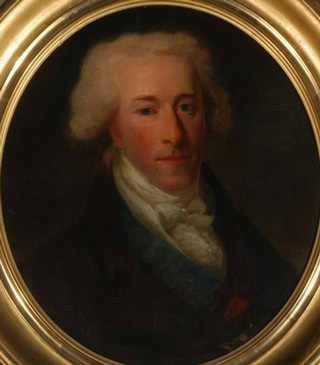
Miniature portrait of Louis Henri, by H.P.Danloux
This all stood her in good stead when, with the fall of Napoleon, the émigrés, including the Duc de Condé, returned to France and began to re-establish their estates. The Duc’s lands and chateau were at Chantilly and St Leu among numerous other places, and eventually Sophie joined him. As the Duc’s estranged wife was still alive, and they were of the Catholic faith, it was impractical to consider divorce, so Sophie was passed off in society as the natural child of the Duc (of which he already had set the precedent of having at least one, in any case).
To ensure Sophie and her benefactor lived in close proximity, however, they hatched a plan by which the young woman would marry someone who could be elevated as a personal aide-de-camp to the Duc. This was achieved when Sophie became wed to Adrien Victor de Feuchères, a young officer in the Royal Guards. Both Sophie and her new husband were elevated to the nobility, with Sophie being known thereafter as Sophia Baronne de Feuchères. She was received favourably at the court of Louis XVIII and became a glittering Parisian socialite.
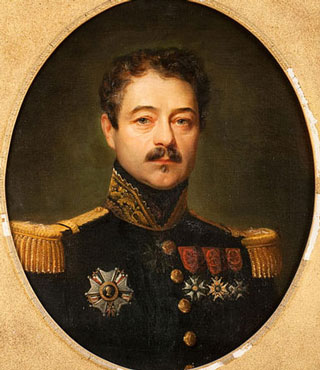
Adrien Victor de Feuchères.
But eventually the marriage began to fail and when the duc’s duplicity came to light, Baron Feuchères was understandably rather upset and created a scene. Sophie was banished from society for a while but was eventually reinstated by her wealthy benefactor, who had by this time become a Prince due to the passing of his father. Sophie was received once more at court, therefore, while at Chantilly she began to import members of her own family to become staff. Her mother had always accompanied her, but now there was her nephew James and others. James became a great favourite with the prince, being in charge of the hunt. He, too, was made a baron.
Perhaps not altogether kindly, for by now she had made quite a few enemies, Sophie became known as the 'Queen of Chantilly.'
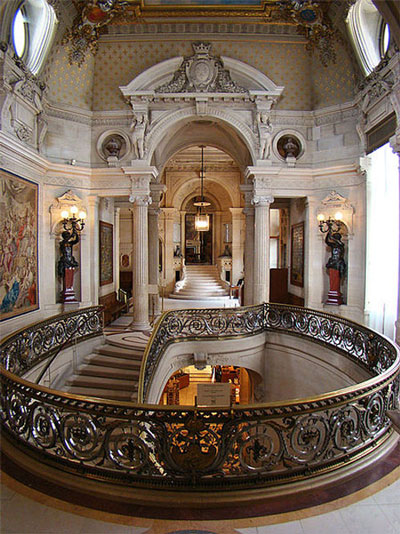
The interior of the chateau Chantilly restored.
Over the subsequent years, as the Prince de Condé aged and became more and more interested in the pursuits of hunting and playing cards, Sophie began to meddle in the turbulent and dangerous world of French politics. She became closely allied to those who would eventually come to power in what became the July Revolution of 1830. The most influential of these was the infamous nobleman Charles Maurice de Talleyrand. Sophie and he cemented an alliance by arranging for her niece to marry Talleyrand's nephew.
She then turned her sights even higher by cultivating a friendship with the family of one of the Prince's noble relatives, the future King of the French, as he would style himself, Louis Philippe d’Orléans, who was to come to power in 1830.
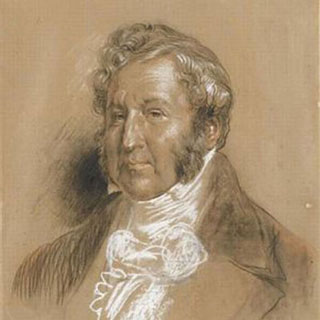
Louis Philippe d'Orléans, King of the French from 1830 to 1848. A chalk sketch by Eugène Louis Lami.
To this end, she persuaded her prince, who was without legitimate issue (his only son having been murdered by Napoleon in 1804) to bequeath the greater portion of his vast wealth and estates not to her alone but to one of Louis Philippe's sons, the duke d'Aumale. As for the prince himself, and though he did ultimately acquiesce, he had never entirely approved of the transaction. By 1830 he was quite elderly and frail, and was rumoured to be considering fleeing to England and possibly changing his will. Louis Philippe and his family were, as might be expected, more than a little alarmed at this prospect.
It was shortly after this when the prince was found dead one morning in his chamber, a makeshift noose of handkerchiefs around his neck which was attached to the fastenings of a window. Though a suspect in the prince's murder, Sophie was cleared of any wrongdoing eventually, and a verdict of suicide was reached.
It was a great scandal in France, and popular sentiment was very much against Sophie even then - just as it was to turn against Louis Philippe eventually. For his part, the king no longer needed Sophie, anyway. He had what he wanted, and gradually royal favour evaporated. Sophie's nephew James also died around this time, and Sophie had his body returned to St Helens. So quite a reversal of fortunes for the Baronne de Feuchères.
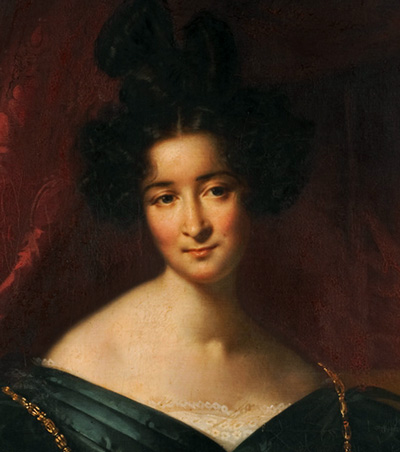
Detail from one of the few portraits of Sophie to have survived - this one by Emile Doumet showing her in poignant mood following the demise of the Prince de Condé
Eventually, at the dawn of the Victorian age, Sophie came back to her country of birth. She made sure her family were well provided for; she bought property in London and in Dorset and installed her elderly mother in a convent. Thereafter, she gave away much of her vast wealth to charitable causes, and in 1840 she died suddenly from a heart condition.
As you can see, much of Sophie's story takes place at a considerable distance from St Helens - far away in the elegant terraces of Regency London, or the grand palaces of post-Napoleonic France. So when we take the Sophie Dawes Trail today we can really only acquaint ourselves with the beginnings of that extraordinary life - walking in the footsteps of an uncommonly energetic, intelligent and determined young spirit at the beginning of what was to become one of the most amazing and scandalous rags-to-riches stories ever.
On a practical level, there is plenty of fresh sea air to be had, and some remarkable landscapes and historical features such as the Duver and the millpond to marvel at along the way. But in our thoughts there might also be a degree of Gothic intrigue and even a possible conspiracy theory or two to ponder, if we like that sort of thing. Sophie really did have a bad press. She still does. And as one who has had the pleasure of visiting the area quite often, I believe the trail as presented here is certainly worthy of a good few hours of exploration.